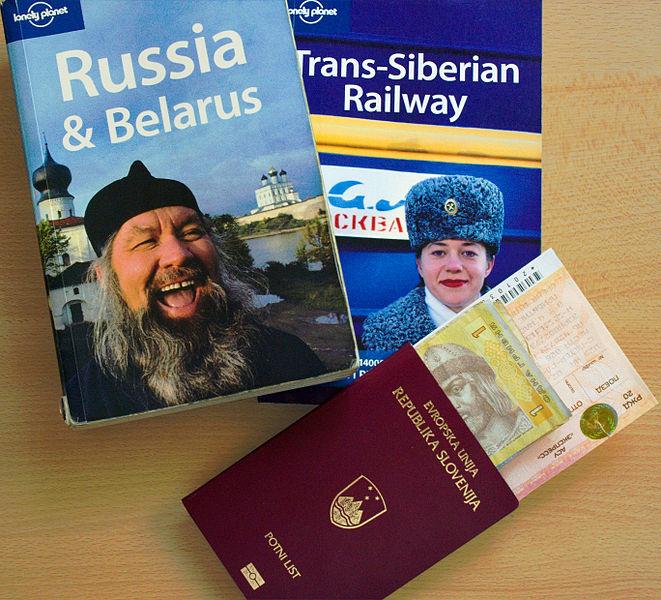
- •Theme I. Introductory course
- •1. 2. 3. 4.
- •American English
- •Differences in the spelling of American English and British English
- •What would you say?
- •Unit 2. My Biography Моя биография topical vocabulary
- •Introductory text My Biography
- •Compare
- •Remember!
- •Topical vocabulary
- •Introductory text
- •Volga State Academy of the Physical Culture, Sports and Tourism
- •Vocabulary exercises
- •Unit 4. Working Day of the Student of the Volga State Academy of the Physical Culture, Sports and Tourism Рабочий день студента Поволжской Академии Физической культуры, Спорта и Туризма
- •Topical vocabulary
- •Introductory text Working Day of the Student
- •Vocabulary exercises
- •6. 7.8.
- •Unit 5. Our English Lesson Урок английского языка
- •Topical vocabulary
- •Introductory text Our English Lesson
- •Vocabulary exercises
- •Questionnaire
- •Vocabulary exercises
- •Theme II. Tourism Unit 1. What Tourism is
- •Topical vocabulary
- •Introductory text What is Tourism?
- •Vocabulary exercises
- •Text for written translation World tourism statistics and rankings
- •Most-visited cities by international tourist arrivals
- •Unit 2. History of Tourism. Topical vocabulary
- •Introductory text History of Tourism
- •Vocabulary exercises
- •Unit 3. Types of Tourism topical vocabulary
- •Introductory text Types of Tourism
- •Vocabulary exercises
- •Text for written translation United States of America Outline of geographical position, climate, states of the usa
- •Curious reading
- •Introductory text What is culture?
- •View on culture as a process (by Mc Grew)
- •Vocabulary exercises
- •Text for written translation Language and Culture
- •Unit 2. Russian Culture
- •Topical vocabulary
- •Introductory text What Russian Culture is
- •Vocabulary exercises
- •Pattern I
- •Pattern II
- •TexTs for written translation
- •Russian Architecture
- •Modern Music
- •Russian unofficial Symbols
- •Russian Internet
- •Russian Holidays
- •Funny reading
Introductory text What is Tourism?
Tourism is travel for recreational, leisure or business purposes. The World Tourism Organization defines tourists as people "traveling to and staying in places outside their usual environment for not more than one year for leisure, business and other purposes".
W ealthy
people have always travelled to distant parts of the world, to see
great buildings, works of art,learn
new languages,
new cultures and to taste different cuisines.
Long ago, at the time of the Roman
Republic,
places such as Baiae
were popular coastal resorts for the rich. The word tourist
was used by 1772 and tourism
by 1811.
ealthy
people have always travelled to distant parts of the world, to see
great buildings, works of art,learn
new languages,
new cultures and to taste different cuisines.
Long ago, at the time of the Roman
Republic,
places such as Baiae
were popular coastal resorts for the rich. The word tourist
was used by 1772 and tourism
by 1811.
Tourism has become a popular global leisure activity. In 2011, there were over 983 million international tourist arrivals worldwide, representing a growth of 4.6% when compared to 940 million in 2010. In 2011, international travel demand continued to recover from the losses resulting from the late-2000s recession, where tourism suffered a strong slowdown from the second half of 2008 through the end of 2009.
Tourism is important, and in some cases, vital for many countries. It was recognized in the Manila Declaration on World Tourism of 1980 as "an activity essential to the life of nations because of its direct effects on the social, cultural, educational and economic sectors of national societies and on their international relations. Tourism brings in large amounts of income in payment for goods and services available, accounting for 30% of the world's exports of services, and 6% of overall exports of goods and services. It also creates opportunities for employment in the service sector of the economy, associated with tourism. These service industries include transportation services, such as airlines, cruise ships and taxicabs; hospitality services, such as accommodations, including hotels and resorts; and entertainment, such as amusement parks, casinos, shopping malls, music and theatres.
In 1994, the United Nations classified three forms of tourism in its Recommendations on Tourism Statistics:
Domestic tourism, involving residents of the given country traveling only within this country.
Inbound tourism, involving non-residents traveling in the given country.
Outbound tourism, involving residents traveling in another country.
Tourists have a wide range of budgets and tastes, and a wide variety of resorts and hotels have developed to cater for them. For example, some people prefer simple beach vacations, while others want more specialised holidays, quieter resorts, family-oriented holidays.
The developments in technology and transport infrastructure, such as jumbo jets, low-cost airlines and more accessible airports have made many types of tourism more affordable. There have also been changes in lifestyle, for example some retirement-age people sustain year round tourism. This is facilitated by internet sales of tourist services.
Exercise 1. Comprehension questions.
1. What is tourism?
2. What have wealthy people done?
3. Why has tourism become a popular global leisure activity?
4. Why is tourism important and vital for many countries?
5. How are tourism classified?
6. What have made tourism more affordable?
7. What opportunities does tourism create?
